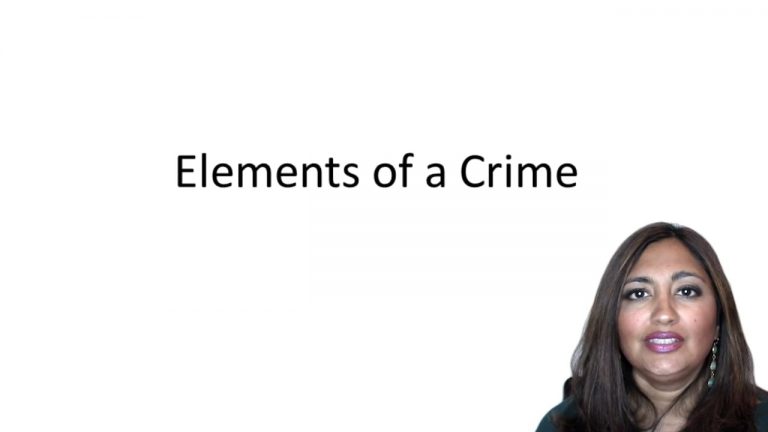SmartBrief
Confirm favorite deletion?
Criminal Law Keyed to Kennedy
Christopher C. Owens, Jr. v. State of Maryland
Citation:
93 Md. App. 162 (1992)
ProfessorScott Caron
CaseCast™ – "What you need to know"
Facts
The defendant was convicted of driving while intoxicated based upon circumstantial evidence alone. He was found behind the wheel of a parked car on a private driveway at night while intoxicated. At his trial, the State presented only one witness – the trooper who found him. He testified that he spotted the defendant’s truck after receiving a call about a suspicious vehicle. He found the defendant asleep in the truck, with an open can of beer between his legs and multiple other empty beer cans next to him. The defendant refused to submit to a blood test for alcohol, but the trooper testified that he was very argumentative, unclear, and had slurred speech.
The defendant did not testify at trial and no other witnesses or evidence was presented. He appealed his conviction, arguing that the evidence was not legally sufficient to support such a finding.
Only StudyBuddy Pro offers the complete Case Brief Anatomy*
Access the most important case brief elements for optimal case understanding.
*Case Brief Anatomy includes: Brief Prologue, Complete Case Brief, Brief Epilogue
- The Brief Prologue provides necessary case brief introductory information and includes:
Topic:
Identifies the topic of law and where this case fits within your course outline.Parties:
Identifies the cast of characters involved in the case.Procedural Posture & History:
Shares the case history with how lower courts have ruled on the matter.Case Key Terms, Acts, Doctrines, etc.:
A case specific Legal Term Dictionary.Case Doctrines, Acts, Statutes, Amendments and Treatises:
Identifies and Defines Legal Authority used in this case.
- The Case Brief is the complete case summarized and authored in the traditional Law School I.R.A.C. format. The Pro case brief includes:
Brief Facts:
A Synopsis of the Facts of the case.Rule of Law:
Identifies the Legal Principle the Court used in deciding the case.Facts:
What are the factual circumstances that gave rise to the civil or criminal case? What is the relationship of the Parties that are involved in the case.Issue(s):
Lists the Questions of Law that are raised by the Facts of the case.Holding:
Shares the Court's answer to the legal questions raised in the issue.Concurring / Dissenting Opinions:
Includes valuable concurring or dissenting opinions and their key points.Reasoning and Analysis:
Identifies the chain of argument(s) which led the judges to rule as they did.
- The Brief Prologue closes the case brief with important forward-looking discussion and includes:
Policy:
Identifies the Policy if any that has been established by the case.Court Direction:
Shares where the Court went from here for this case.
Topic Resources

 10m 5s
10m 5s